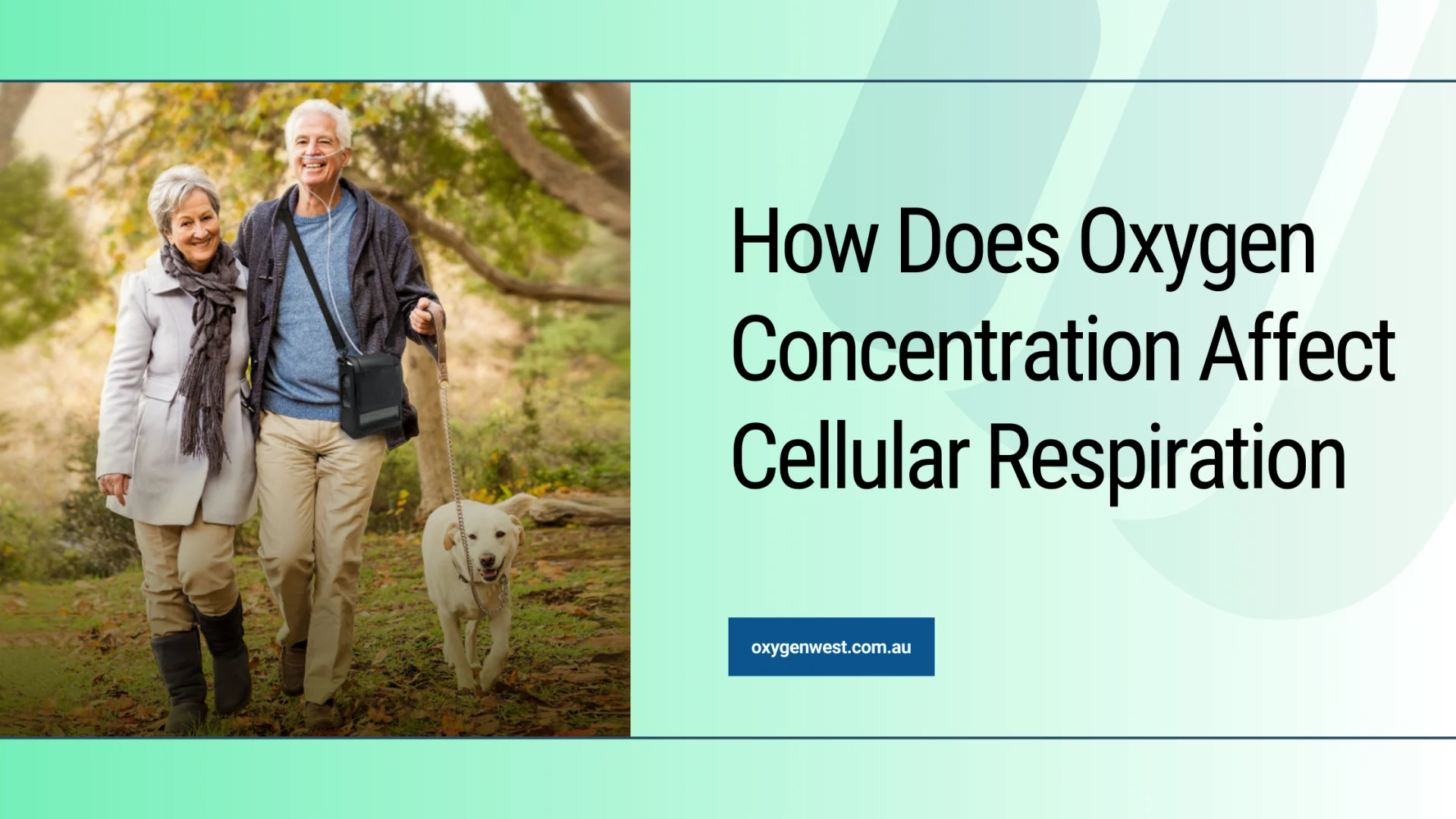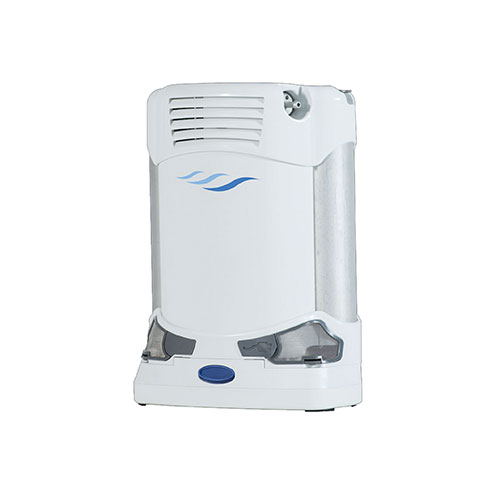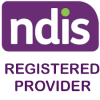How to Choose the Right Kind of Portable Oxygen Concentrator
Given the crucial role oxygen plays in our well-being, the importance of a top-notch portable oxygen concentrator (POC) can’t be overlooked – especially for those whose health situations necessitate an extra oxygen boost. A POC provides that much-needed supplement, sending pure oxygen into your lungs and throughout your body, thereby empowering you to breathe easier and continue living a quality life.
Whether you are grappling with a condition like Chronic Obstructive Pulmonary Disease (COPD), or you just need the reassurance that you can access additional oxygen anytime, having a POC that aligns perfectly with your lifestyle and needs is vital.
Understanding Your Oxygen Needs
In finding a suitable portable oxygen concentrator (POC), the vital first step is to understand your specific oxygen needs. This process involves three essential stages—consultation with medical professionals, determining your oxygen flow rate, and recognising your lifestyle and mobility needs. Each stage is integral to helping you choose a POC that not only meets your health requirements but also aligns with your lifestyle.
Consultation with a Healthcare Professional
Your journey to the right POC starts with a consultation with a healthcare professional. Doctors, respiratory therapists, or other medical specialists are well-versed in administering and interpreting tests that measure your body’s oxygen levels. They will translate these findings into tangible advice—providing precise details on the amount of supplementary oxygen you need. This professional input provides a solid foundation for your search, guiding you towards a POC that matches your medical needs.
Determining Your Oxygen Flow Rate Requirements
Once you’ve received the input from your healthcare provider, the next step is to understand your oxygen flow rate—basically, the volume of oxygen you require per minute, usually quantified in litres per minute (LPM). POCs offer diverse specifications, featuring different flow rate capabilities, and are often classified into two main types: continuous flow and pulse dose delivery concentrators. Your prescribed flow rate is instrumental in determining which type of POC aligns with your needs, ultimately guiding you to a device that ensures you receive the necessary oxygen supply.
Recognizing Your Lifestyle and Mobility Needs
Lastly, your lifestyle and mobility needs shape your POC choice. They dictate considerations such as the weight of the machine and the durability of the battery—factors that directly influence the usability and convenience of the POC. If you engage in physical activities frequently, you may require a lightweight and compact device, while those who travel or move around a lot might need a POC with extended battery life. A critical part of your POC decision-making process involves examining how a potential device fits into your lifestyle, ensuring a smooth integration of oxygen therapy into everyday living.
Types of Portable Oxygen Concentrators
The next step is understanding the different types of portable oxygen concentrators (POCs) available on the market. POCs come in two classifications: Continuous Flow and Pulse Dose. Each type comes with its strengths and specific scenarios for optimal use.
1. Continuous Flow POCs
Continuous flow portable concentrators are devices providing an unbroken, steady stream of oxygen, irrespective of whether the user is inhaling or exhaling. They mimic the way a home-based concentrator works, supplying a constant amount of oxygen per minute.
Suitable Scenarios for Continuous Flow POCs
Continuous flow POCs are best suited for users who require a stable and high flow of oxygen, including during sleep. Some users may have conditions that necessitate precise oxygen levels during their sleep cycle – continuous flow units are a great fit in these circumstances due to their consistent deliverability. Also, for those who breathe through their mouth (mouth breathers), or require high flow rates of oxygen, continuous flow units are often recommended.
Advantages and Limitations of Continuous Flow POCs
Advantages
- Consistency: Continuous flow POCs provide a reliable, steady stream of oxygen, making them ideal for users with high oxygen needs, including nocturnal use.
- Versatility: They are often compatible with CPAP or BiPAP devices, which aid in sleep apnea treatment.
Limitations
- Size and Weight: Given their design to produce a constant flow of oxygen, these POCs tend to be larger and heavier than pulse dose models.
- Battery Life: The continuous generation of oxygen often leads to shorter battery life. Therefore, these devices may require frequent recharging or battery swaps.
Navigating the benefits and potential drawbacks of Continuous Flow POCs is crucial to match the right device with your specific lifestyle and therapeutic needs.
2. Pulse Dose POCs
A distinct category of portable oxygen concentrators is Pulse (or Demand) Dose POCs. Unlike their continuous flow counterparts, these machines deliver oxygen only when the user inhales. They utilise intelligent delivery technology, sensing the beginning of an inhalation cycle and supplying a burst of oxygen at that precise moment.
Suitable Scenarios for Pulse Dose POCs
Pulse dose POCs are suitable for individuals with stable breathing patterns. Since they provide oxygen on demand, they are optimal for daytime use when the user is awake and has a regular respiration rate. The devices are ideal for individuals leading active lifestyles, as they are smaller, lightweight, and typically come with extended battery life.
Advantages and Limitations of Pulse Dose POCs
Advantages
- Portability: Pulse dose POCs are typically lighter and more compact than continuous flow units, making them ideal for people on the go.
- Battery Efficiency: Because they only deliver oxygen during inhalation, these units generally have longer battery life.
- Delivery Efficiency: The on-demand delivery signifies less wastage of oxygen, leading to overall increased efficiency.
Limitations
- Inhalation Dependent: Pulse dose units depend on the patient’s inhalation effort to deliver oxygen, which could be disadvantageous for individuals with weak breath or irregular breathing patterns.
- Unsuitable for High Flow Rates: These concentrators might not provide the needed oxygen levels for individuals requiring high constant oxygen flow, especially during sleep or at rest.
In the quest for the right oxygen concentrator, one should weigh these factors to decide if the portability and efficiency of pulse dose POCs outweigh their limitations in specific situations.
Portability and Size
One of the most crucial aspects of selecting a portable oxygen concentrator is understanding the significance of portability and size in your daily life. These factors directly impact the overall convenience and satisfaction you experience with your POC. In the following sections, we delve into size and weight considerations, battery life and power options, and valuable portability features—all of which contribute to making an informed decision on the POC that best suits your needs.
1. Size and Weight Considerations
Size and weight are key components to consider, as they directly affect your ability to move about and engage in your daily activities. A lightweight, compact POC enables easy transportation and improved mobility, enhancing the quality of life. Assess your strength, stamina, and daily routine to decide on the most appropriate weight and size of POC.
2. Battery Life and Power Options
Battery life and power options are intertwined with the portability and usability of POCs. Longer battery life translates to an extended use of the device without the need to recharge often, which is especially crucial for users who travel or lead an active lifestyle. External battery options are available, permitting increased operation time and portability.
Some key factors to consider:
- The duration of your daily outings and average oxygen usage
- Access to a power source during your daily routine
- Requirements while travelling, including in-flight usage and compliance with airline regulations
Considering these elements will help you select a POC with suitable battery life and power options, ensuring both reliability and convenience.
3. Portability Features (e.g., Carrying Options, Mobility Accessories)
Many portable oxygen concentrators come with a variety of features and accessories that enhance their portability and ease of use. Some commonly found options include:
- Carrying cases or backpacks
- Rolling carts or trolleys
- Handle attachments
Making sure the POC you choose has portability features that align with your lifestyle will ensure a smoother integration of oxygen therapy into your daily routine.
Considering all these factors, from size and weight to battery life and portability options, is crucial to identifying the perfect POC for your individual needs—ultimately promoting optimal health, independence, and enjoyment of life.
Oxygen Purity and Output
Alongside the crucial aspects of portability and convenience, the efficacy of a portable oxygen concentrator pivots significantly on the device’s oxygen purity and output. The oxygen purity levels, and consistent oxygen output not only impact the effectiveness of your oxygen therapy but also your overall well-being. The following sections delve into these components and the importance of monitoring them for optimal treatment results.
1. Understanding Oxygen Purity Levels
Oxygen purity level refers to the concentration of oxygen provided by the POC. Most POCs can generate oxygen with a concentration level between 87% and 96%, with the optimal therapeutic level being around 90% or more.
While selecting a POC, it’s necessary to reflect upon your physician’s prescribed oxygen concentration. Ensure the chosen device can consistently deliver this level. High purity levels play a crucial role in supporting body function and overall health for those relying on supplemental oxygen.
2. Importance of Consistent Oxygen Output
Consistent oxygen output ensures that the POC continually delivers the prescribed amount of oxygen, regardless of the active mode (continuous flow or pulse dose) or the user’s activities.
This consistent output is vital for maintaining the user’s targeted oxygen saturation levels. Inconsistencies in the delivery of oxygen can lead to fluctuations in the oxygen levels in the body, which might result in unnecessary health complications.
3. Monitoring Oxygen Concentration
Monitoring the concentration levels of oxygen supplied by your POC allows you to ensure that the device is functioning effectively and delivering the prescribed oxygen levels. Many POCs come equipped with oxygen concentration indicators or alarms that alert users if the concentration falls below a certain level.
Additionally, regular utilisation of oxygen saturation monitors or pulse oximeters can corroborate if your body is receiving and utilising the supplemental oxygen effectively.
Both the purity and consistency of the oxygen output from your POC are vital elements that ensure the device guarantees the most beneficial therapy. Being mindful of these factors enables a more informed decision when selecting an oxygen concentrator.
Choose Life! Choose Oxygen West!
Unlock a new level of freedom and mobility with our high-quality portable oxygen concentrators. At Oxygen West, we’re committed to ensuring that your oxygen needs never stand in the way of your passion for life. Our wide range of innovative POCs are engineered to be versatile, reliable, and perfectly tailored to fit your lifestyle.
Breathe easy knowing you’re backed by unparalleled customer care. We believe in not just providing a product, but delivering comprehensive and personalised solutions that align with your health goals.
Choose Oxygen West— where quality meets convenience, and freedom is just a breath away. Tap into life’s boundless possibilities. Contact us today!




